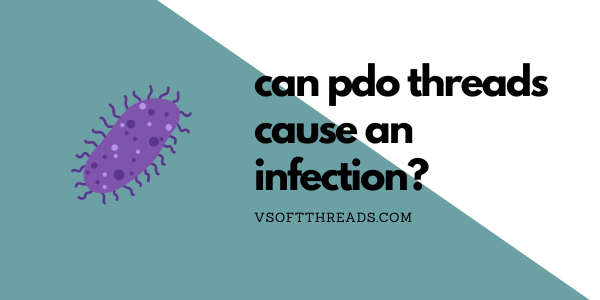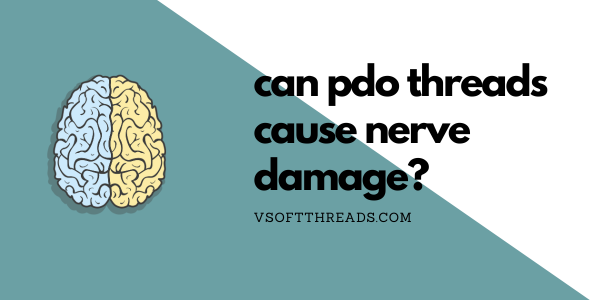
Any time that your skin is punctured, there is a chance that an infection will happen. That’s because dirt, dust, and other particles could enter the puncture, allowing bacteria to enter and grow. Because of this fact, it is indeed possible for you to get an infection after a PDO threads procedure. At the same time, it’s considered very rare.

Asymmetry would only happen if the PDO threads themselves weren’t placed properly into your skin, or if your skin was pulled unevenly during the procedure. If this were to happen, you might get asymmetrical results.

Thread extrusions are possible with PDO threads procedures, but it should only happen if your provider makes a mistake. This is a major reason why you should only choose a practitioner who you can trust, who has great reviews and who has a lot of experience with PDO threads procedures.

Because PDO Threads are made from a synthetic polymer (polydioxanone) that is completely biodegradable and biocompatible, the body will use natural processes to break them down over time. This is also the reason why there are typically much fewer complications with a PDO thread lift procedure than there are with a traditional facelift. That being said, there are some potential complications that you should be aware of.

It’s very rare that PDO threads would cause nerve damage. The main reason for this is that the threads are inserted into the subcutaneous skin layer. It is remotely possible though, if the threads are inserted into the skin too deep or if they’re used in what would be called a “high risk” area of the body that has a lot of nerves.

With PDO threads procedures, vascular occlusion is considered rare. For this to happen, a PDO thread would need to be injected into a vein or artery. Since PDO threads aren’t inserted very deep into the skin, it’s unlikely that they would come into contact with a vein or an artery.






